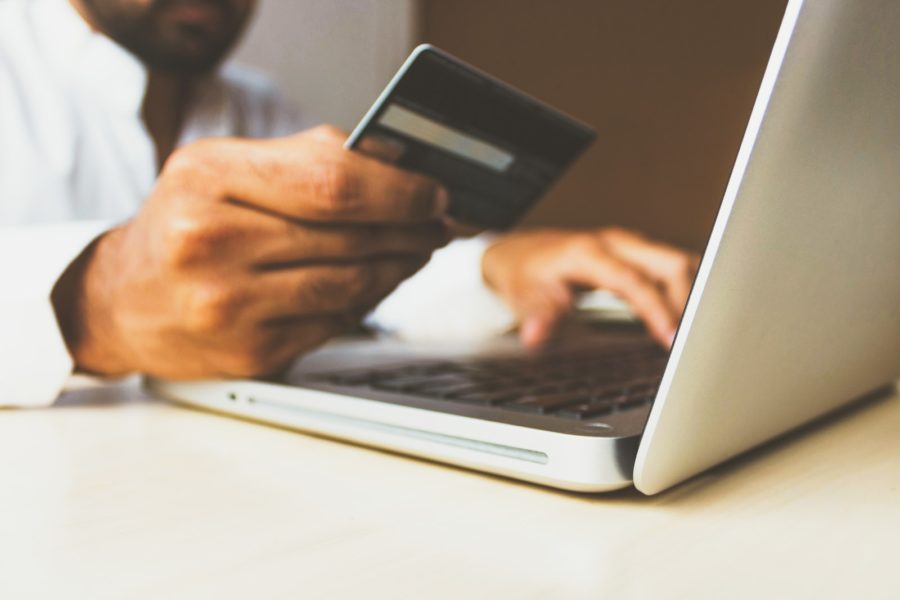As COVID-19 eases in the U.S., retailers are preparing for business in a new, post-pandemic paradigm. Here are some recent highlights:
Amazon Prime Day
Amazon Prime Day always has a big impact on the company’s CPG market share, so industry experts will be observing this year’s event with keen interest to see how the trend continues, its impact on other retailers, and what other companies are doing to compete. The retail giant hosts Prime Day June 21 and June 22.
Over the past three years, Amazon’s share of CPG sales on Prime Day has averaged a 5x increase versus the company’s CPG share in the month before the annual sales event, according to Chicago-based consumer data specialist Numerator in its recent report, “A Prime View: Amazon’s CPG Share Growth.” report. Amazon also sees about a 4x gain in CPG share in the same month of Prime Day, reported Supermarket News (May 25).
In response to Prime Day, Target announced a Deal Days digital sale from June 20 to June 22, 24 hours longer than Prime Day, and is teasing that there will be deep discounts on food and beverages for the first time this year, according to Good Morning America. Walmart is also joining the fray with its even longer “Deals for Days 2021” mega-sale taking place June 20-23.
Thanksgiving
Walmart and Target will close on Thanksgiving for a second consecutive year.
The move shows how the pandemic will have lasting effects on the retail industry’s strategies, even as the health virus ebbs. For almost a decade, Black Friday store shopping had been kicked off with big crowds on the Thursday of Thanksgiving and expanded into Friday. However, last year, given safety concerns, most stores were closed on Thanksgiving (CBS News, June 7).
Guided by Walmart and Target, other major retailers will likely follow suit this year.
E-commerce
Third-party food delivery providers stand to overtake some of the biggest U.S. retailers in e-commerce sales by 2025. Edge Retail Insight cited Instacart’s expansion both inside and outside the grocery arena and Uber Eats’ foray from restaurant delivery into retail grocery as catalysts for expansion, reported Supermarket News (June 4).
Meanwhile, 75 percent of c-suite level executives in the U.S. retail, hotel, and restaurant sectors admit to a seismic shift towards digital commerce, according to a study by J.P. Morgan and Freedom Pay.
Shrinkflation
Many retailers are trying to make up for inflation losses by shrinking product sizes and keeping prices steady. It’s a technique known as shrinkflation and it has been around for years.
“It’s a backdoor price increase,” Consumer advocate Edgar Dworsky told The Food Institute. “For a company, leaving the package the same makes sense. Changing the package has a cost. Just taking out some of the product makes more sense – and consumers rarely notice. They’ll notice if the price goes up, but they hardly ever notice that an ounce or two has been removed.”











